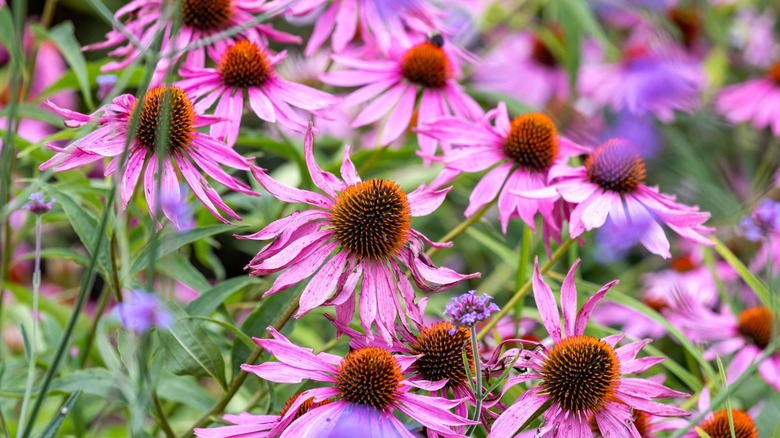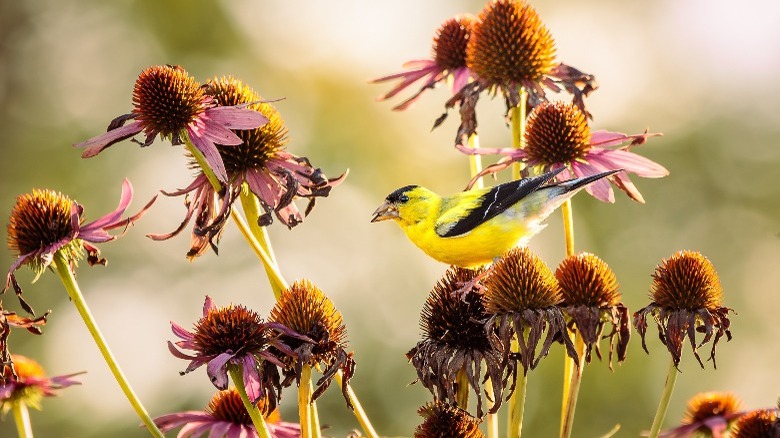Simple Winter Care Tips For Beautiful Purple Coneflowers
Unlike some flowers that need extensive preparation for winter, the purple coneflower (Echinacea purpurea) has relatively simple requirements. This herbaceous perennial is grown throughout the central U.S., where it is native. It does well across a range of states, from Zone 3 to Zone 9, with incredible tolerance to a variety of soil and light conditions. It also enjoys a long bloom time, from mid-summer to early fall. One of the most important aspects of learning how to care for a purple coneflower plant as the days get shorter is understanding what happens to it as fall comes to a close.
A major tip for purple coneflower winter care involves letting your plants die back at the end of fall. This process allows the plant to enter a period of dormancy for a better chance at winter survival. Purple coneflowers are also incredibly proficient at spreading. Although they are not considered invasive, they will easily move out of a flower bed if allowed the opportunity. Removing the flowers before they set their seeds can prevent this voracious spread.
Attract birds to your garden with coneflower seeds
Winter care for purple coneflowers can be even easier if you don't mind them spreading. Not everyone wants to spend the time to remove the seed heads on their plants immediately after they fade. If you let the seeds set, this stunning plant that has birds and butterflies flocking to your yard in summer will also attract birds in winter. If you keep the old flowers standing after they die, leaving behind the black center, the seeds will provide wintertime food for goldfinches and other birds. The dead flowers will also provide some nice foliage in a winter landscape.
Have a plan to go back to your purple coneflower plants and cut them down to the ground in late winter or early spring. By this time, most or all of the seeds will be gone, either eaten by birds or dropped into the soil. Ideally, the plant will be preparing to come out of dormancy and begin putting out new growth. Thankfully, if you want to know if your plant is dead or dormant, coneflowers are a reliable perennial. If you remember these simple winter care tips, you won't need to worry next year if it'll come back.

